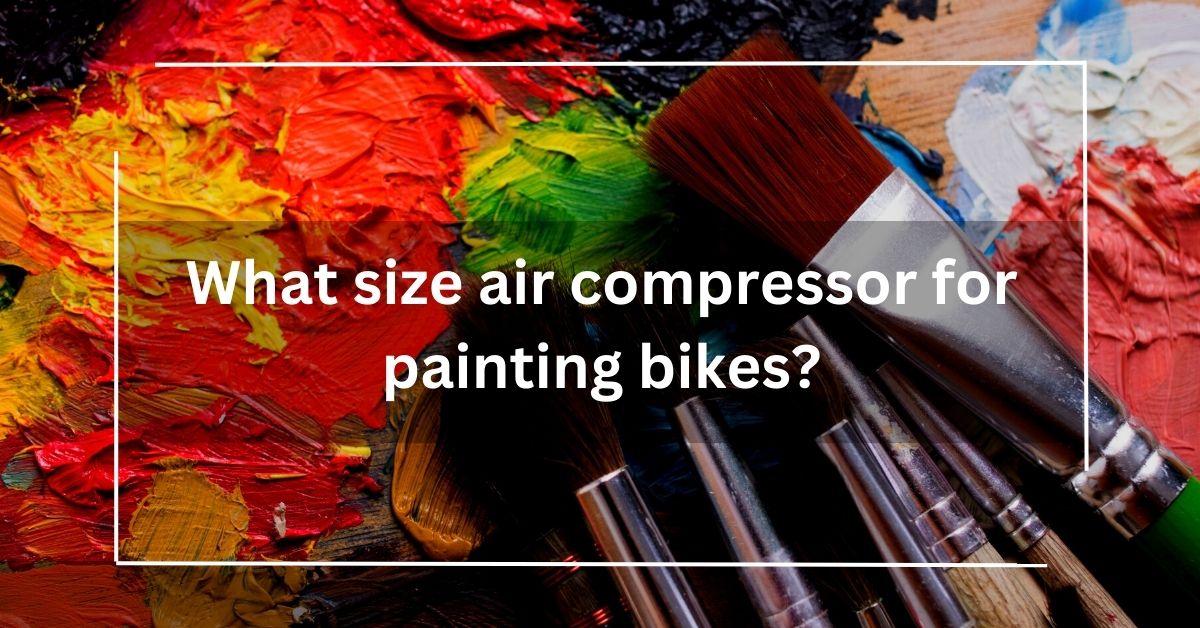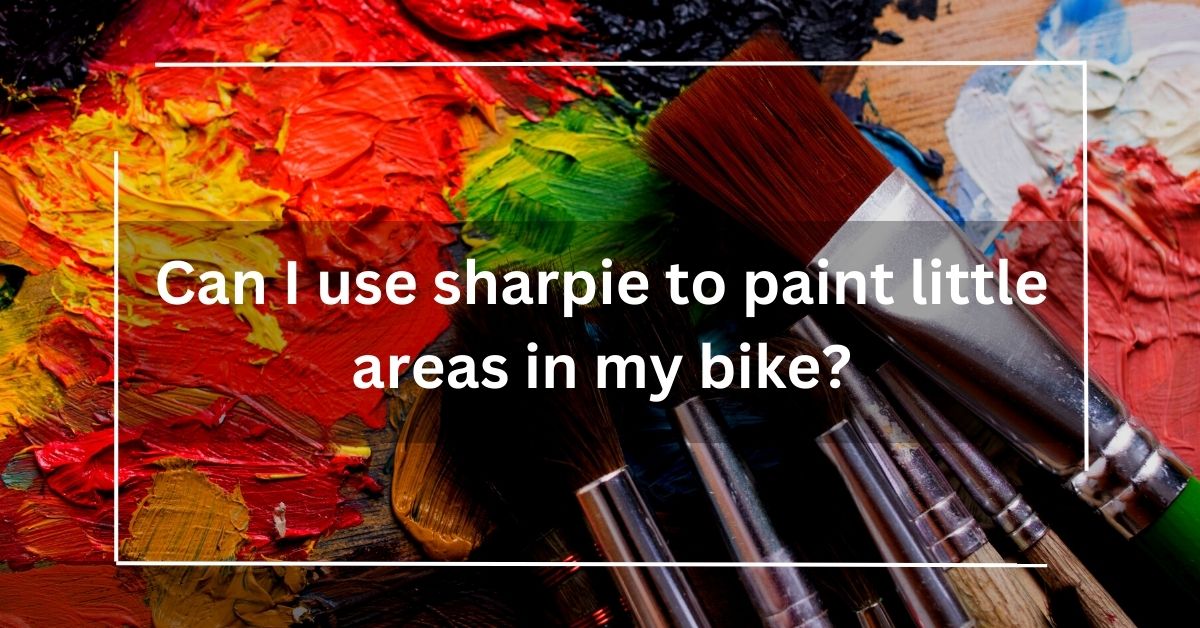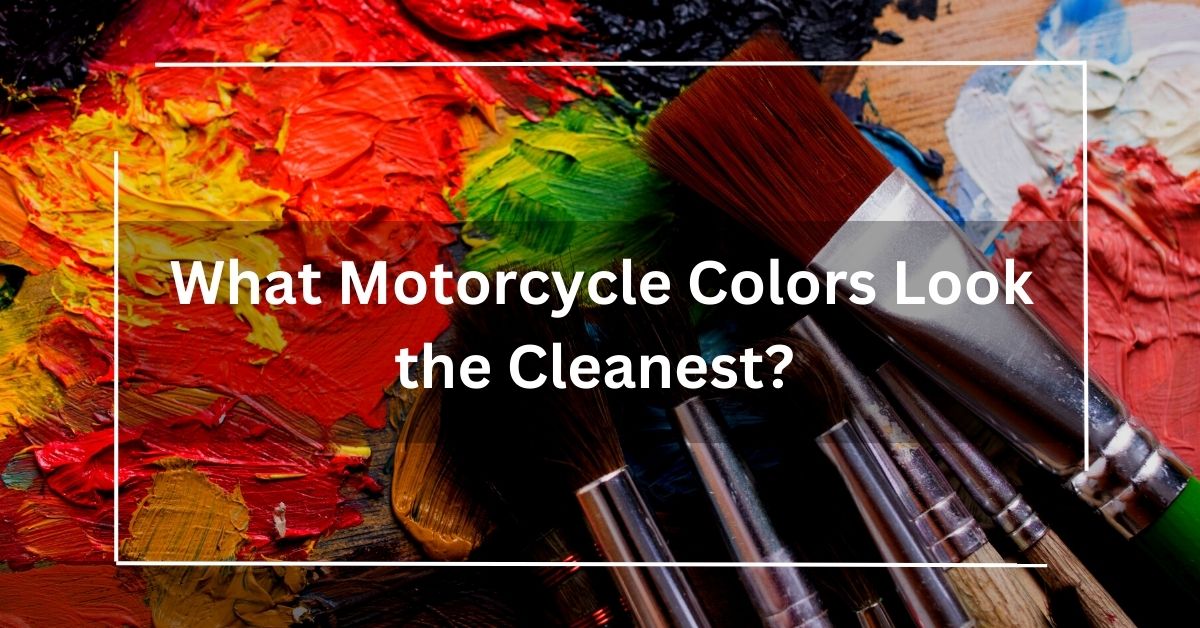When it comes to painting bikes, having the right tools is essential to achieve a professional finish. One of the most important tools you’ll need is an air compressor. However, choosing the right size air compressor can be a bit confusing, especially if you’re new to painting.
In this article, we will discuss the factors to consider when selecting an air compressor for painting bikes and provide recommendations based on the size of your project.
What Size Air Compressor for Painting Bikes?
When it comes to painting bikes, the size of the air compressor plays a significant role in determining the quality of the paint job. Using an air compressor that is too small can result in inconsistent spray patterns, clogging, and overall frustration.
On the other hand, an oversized air compressor may lead to excessive overspray, wasted paint, and unnecessary energy consumption. So, what size air compressor should you use for painting bikes? Let’s explore this question in detail.
factors
1. Understanding Air Compressor Specifications
Before diving into the specifics of choosing an air compressor for painting bikes, it’s important to understand the key specifications that determine its performance.
The two main specifications to consider are the cubic feet per minute (CFM) and the pounds per square inch (PSI). CFM measures the volume of air the compressor can deliver, while PSI indicates the pressure at which the air is delivered.
For painting bikes, a compressor with a higher CFM rating is preferred as it ensures a consistent supply of air to your spray gun.
The PSI requirement will depend on the type of paint you’re using and the specific spray gun you have. Most bike painting projects require a PSI range of 30-50.
2. Size of Your Project
The size of your project plays a significant role in determining the size of the air compressor you need. If you’re planning to paint multiple bikes or larger bike frames, you’ll require a compressor with a higher CFM rating to keep up with the demand.
On the other hand, if you’re only painting one or two bikes occasionally, a smaller compressor may suffice. For small-scale projects, a compressor with a CFM rating between 2-5 should be sufficient.
However, if you’re working on larger frames or multiple bikes at once, consider investing in a compressor with a CFM rating of 10 or higher to ensure a continuous supply of air.
3. Types of Spray Guns
The type of spray gun you plan to use also affects the size of the air compressor needed for painting bikes. Different spray guns have varying CFM requirements, so it’s crucial to check the specifications provided by the manufacturer.
Conventional spray guns typically require a higher CFM rating compared to HVLP (High Volume Low Pressure) spray guns.
HVLP guns are more efficient and widely used for bike painting due to their ability to deliver a high volume of paint with less overspray. If you’re using an HVLP spray gun, a compressor with a lower CFM rating can still provide satisfactory results.
4. Noise and Portability
While the size and performance of the air compressor are important considerations, it’s also worth thinking about noise levels and portability.
Some air compressors can be quite loud, which may be a concern if you’re working in a shared space or have noise restrictions.
Look for compressors that are designed to operate quietly or consider investing in additional noise reduction measures. Portability is another factor to consider, especially if you plan to move your compressor around frequently.
Smaller, lightweight compressors are easier to transport and store, making them more suitable for those with limited space or who need to work in different locations.
Frequently Asked Questions (FAQs)
Q: Can I use a small air compressor for painting bikes?
Yes, you can use a small air compressor for painting bikes. However, ensure that the compressor has sufficient pressure and volume capacity for the paint gun and desired paint finish.
Q: Can I use a large air compressor for painting bikes?
Yes, you can use a large air compressor for painting bikes. A larger compressor typically provides higher air volume and pressure, which can be beneficial for achieving better paint coverage and a smoother finish.
Q: How can I ensure the longevity of my air compressor?
To ensure your air compressor’s longevity, perform regular maintenance such as cleaning air filters, draining moisture from the tank, using recommended oil, and operating within recommended pressure limits.
Q: Can I use any type of paint with an air compressor for painting bikes?
No, not all types of paint are suitable for use with an air compressor. It is important to use paints specifically designed for airbrushing or spray painting, compatible with the equipment and intended surface.
Q: Can I use an airbrush for painting bikes instead of a paint gun?
Yes, you can use an airbrush for painting bikes instead of a paint gun. Airbrushing allows for precise control and is well-suited for smaller areas or intricate designs on bike surfaces.
Q: Is it necessary to wear protective gear while painting bikes?
Yes, it is necessary to wear protective gear while painting bikes. This includes safety glasses, a respirator mask, and gloves to protect against paint fumes, overspray, and potential skin irritation.
Conclusion
Choosing the right size air compressor for painting bikes is crucial to achieve professional results. Consider the size of your project, the CFM and PSI requirements, the type of spray gun you’ll be using, as well as factors like noise and portability.
For small-scale projects, a compressor with a CFM rating between 2-5 should suffice, while larger projects may require a compressor with a CFM rating of 10 or higher.
By selecting the appropriate air compressor, you’ll have the necessary tools to paint your bikes with precision and efficiency.
Also Read
- Will Painting Calipers Void Warranty? – Comprehensive Guide
- Why Do We Hate Painting Resin Models? || Reasons
- Why Do People Hate Metallic Paint? – Common Reasons Why People Dislike This Type Of Paint
- Why Did Metallic Paint Become The Default On Cars?
- What Size Air Compressor For Painting Bikes? – Complete Guide To Choosing The Right Air Compressor



